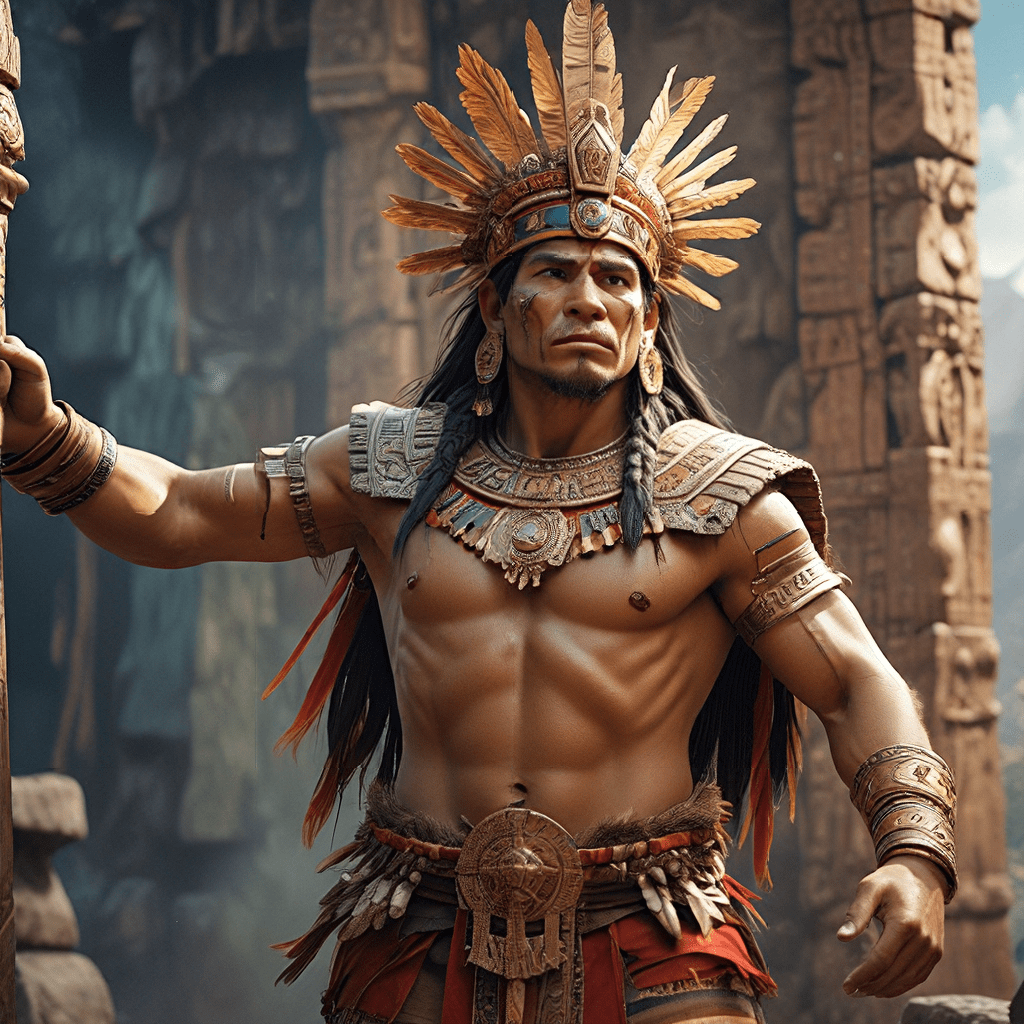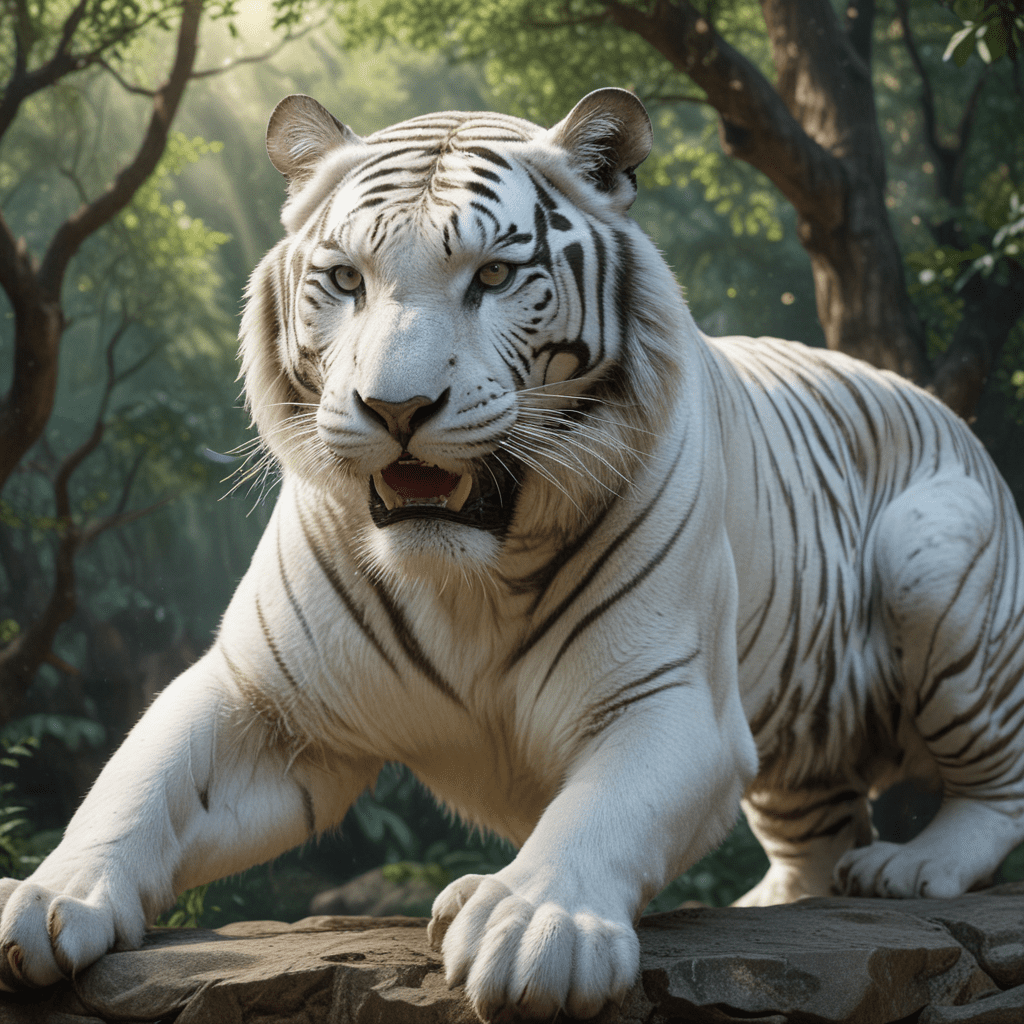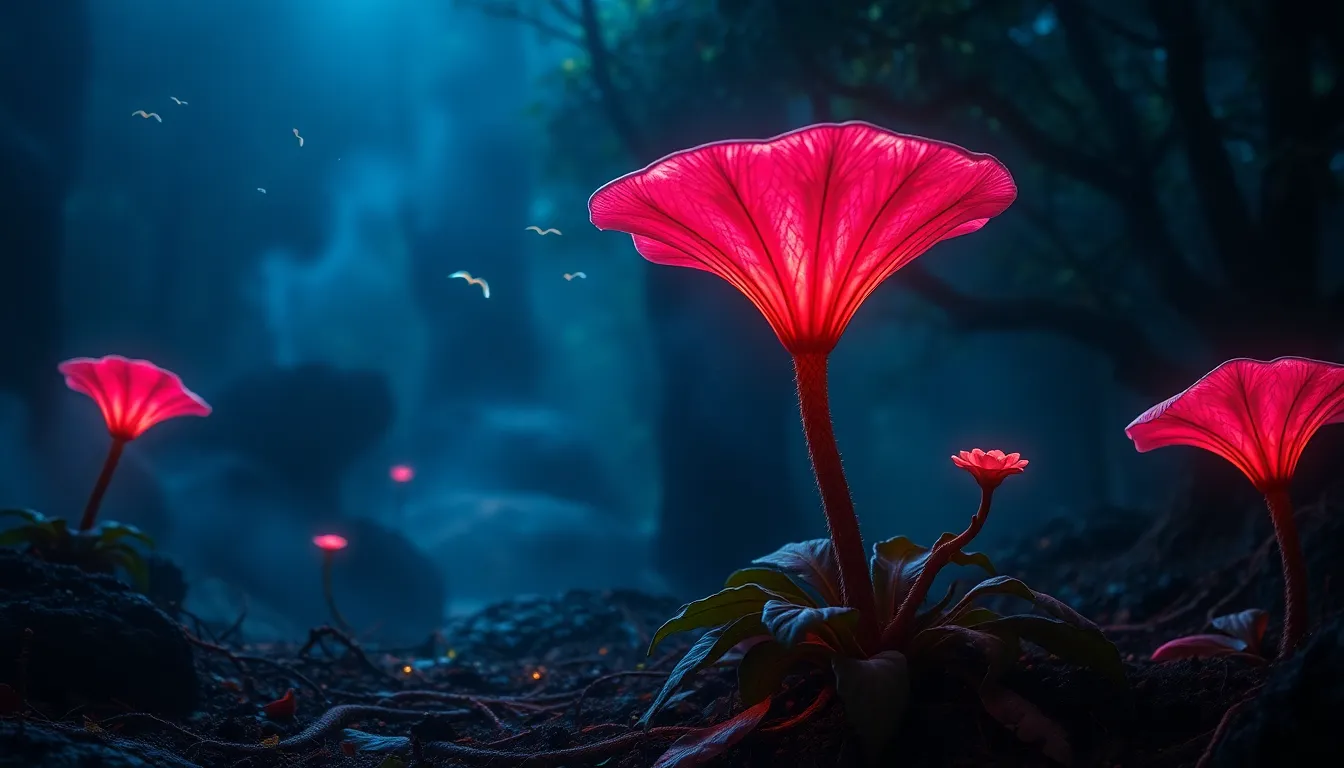Incan Mythology: A Tapestry of Gods and Heroes
The Incan civilization, renowned for its architectural marvels and intricate social structures, was also deeply rooted in a rich tapestry of myths and legends that shaped their worldview and practices. These stories, passed down through generations, provided explanations for natural phenomena, guided their understanding of the universe, and served as a foundation for their moral and spiritual values. The Incan belief system centered on a powerful pantheon of deities, each representing different aspects of the natural world and human life. Their mythology was intricately woven with the lives of revered heroes, whose deeds of courage and sacrifice inspired generations of Incas.
The Divine Realm: A Pantheon of Powerful Deities
The Incan pantheon was a vibrant collection of gods and goddesses, each possessing unique powers and attributes. These deities presided over various aspects of life, from the sun and moon to agriculture and fertility. The Incan people believed that these divine beings held ultimate control over their destinies, and they sought to appease them through rituals, offerings, and sacrifices. The Incan pantheon, although vast, was organized hierarchically, with Inti, the sun god, holding the most prominent position.
Inti, The Sun God: Source of Life and Power
Inti, the Incan sun god, was revered as the most important deity in their pantheon. He was the source of life, warmth, and energy, and his presence in the sky was essential for the growth of crops and the well-being of the people. Inti was often depicted as a golden disk, radiating light and warmth, and his influence extended beyond the physical world. He was believed to be the father of the first Inca rulers, lending them a divine lineage and solidifying their authority. Incan temples were dedicated to Inti, and elaborate ceremonies were held to honor him, including the offering of sacrifices and the burning of incense. The sun god was a powerful symbol of Inca power, reminding them of their divine connection and their duty to maintain order and prosperity.
Pachamama, The Earth Mother: Nature’s Bounty and Fertility
Pachamama, the Incan earth mother, was revered as the source of all life and fertility. She embodied the nurturing and life-giving power of the earth, and her favor was essential for the success of agriculture, the foundation of the Incan economy. The Incas believed that Pachamama provided them with crops, animals, and natural resources. They honored her with offerings of food, tobacco, and sacrifices, seeking her blessings and protection. Pachamama was also associated with the cycle of life and death, and her power was often invoked in fertility rituals and ceremonies.
Viracocha, The Creator God: Shaping the World and Humanity
Viracocha, the creator god, holds a unique place in Incan mythology. He was believed to be responsible for the creation of the world, the sun, the moon, and the stars. Viracocha is often depicted as a bearded figure, wielding a staff and adorned with a headdress. He is said to have created humans from stone, giving them life and the ability to reason. He taught them the arts, agriculture, and the laws of society. Viracocha's power extended beyond creation as he was also believed to be responsible for floods, earthquakes, and other natural disasters. While feared for his power, the Incas also revered him as the ultimate source of order and balance in the universe.
Heroes and Legends: Tales of Courage and Sacrifice
In addition to their pantheon of gods, the Incas also cherished stories of legendary heroes whose deeds of bravery and self-sacrifice inspired generations. These tales, often woven into the fabric of their mythology, served as moral guides, illustrating the values of loyalty, courage, and dedication to the Inca Empire.
One of the most famous Incan heroes is Manco Capac, believed to be the founder of the Inca Empire and a descendant of the sun god Inti. His story, passed down through generations, tells of a divine lineage and the creation of the Inca civilization.
Manco Capac, The Founder of the Inca Empire: A Divine Lineage
Legend has it that Manco Capac and his sister-wife Mama Ocllo emerged from the sacred Lake Titicaca, tasked by Inti to establish a new civilization. Armed with divine knowledge and tools, they traveled north, spreading their wisdom and establishing a new kingdom.
Manco Capac’s story embodies the Incas’ belief in their divine origins and their responsibility to maintain order and prosperity. He is credited with teaching the Incas how to farm, build, and govern, laying the foundation for the Inca Empire's success.
The Inca’s Journey: From Myth to Reality
While the story of Manco Capac's divine descent is a myth, it reflects the Incas’ desire to connect their origins to the celestial realm. Their mythology provided a framework for understanding their place in the universe and their relationship with the gods.
The Inca Empire, built upon the foundation of their mythology, grew to encompass a vast territory in the Andes Mountains. Their intricate social structure, sophisticated agriculture, and impressive architecture were all shaped by their beliefs. The Incas were skilled engineers, architects, and farmers, and their achievements were fueled by their dedication to the Inca gods and heroes.
Art as a Window to the Incan Soul: Depicting Mythological Beliefs
The Incan people expressed their deep reverence for their gods and heroes through their art. Textiles, ceramics, and metalwork were used to depict the divine realm, the stories of legendary figures, and the intricate rituals that held their beliefs together.
The Incan art, infused with their mythology, offers a glimpse into their spiritual world, revealing their understanding of the universe and their connection to their ancestors. These artistic expressions served as powerful tools to pass down their beliefs, ensuring that their mythology would endure for generations.
The Significance of Textile Art: Weaving Stories of Gods and Heroes
Textiles held a paramount place in Incan society, serving not only as clothing and household items but also as a means of transmitting knowledge and preserving their rich cultural heritage.
Incan weavers used intricate patterns and vibrant colors to depict scenes from their mythology, often weaving stories of gods, heroes, and important rituals into their tapestries. These textiles were not simply decorative but served as visual representations of their beliefs, helping to connect generations and solidify their worldview.
Ceramic Representations: Portraits of Divinities and Legendary Figures
Incan ceramic art provides invaluable insights into their mythology, offering tangible representations of their deities and heroes.
From intricately crafted figurines to ceremonial vessels, Incan ceramics often depicted gods like Inti, Pachamama, and Viracocha, capturing their divine attributes and powers. These ceramic representations served as both religious and social artifacts, illustrating the central role that their mythology played in their daily lives.
FAQ
What was the most important god in Incan mythology?
Inti, the sun god, was considered the most important deity in the Incan pantheon. He represented life, warmth, and power, and the Incas believed he was the father of their first rulers.
What are some examples of Incan heroes?
Manco Capac, the founder of the Inca Empire, is a famous Incan hero. Other figures include Atahualpa, the last Inca emperor, and Túpac Amaru, who led a rebellion against the Spanish.
How did Incan mythology influence their art?
Incan art, particularly textiles and ceramics, often depicted scenes from their mythology, showcasing their deities, heroes, and rituals. These artistic creations served as a visual representation of their beliefs and cultural heritage.
What is the significance of Pachamama in Incan mythology?
Pachamama, the earth mother, is revered as the source of life and fertility. The Incas believed she provided them with crops, animals, and natural resources, and they honored her with offerings and sacrifices.
What is the role of Viracocha in Incan mythology?
Viracocha, the creator god, is believed to have shaped the world, the sun, the moon, and the stars. He is also credited with creating humans from stone, giving them life and the ability to reason.



